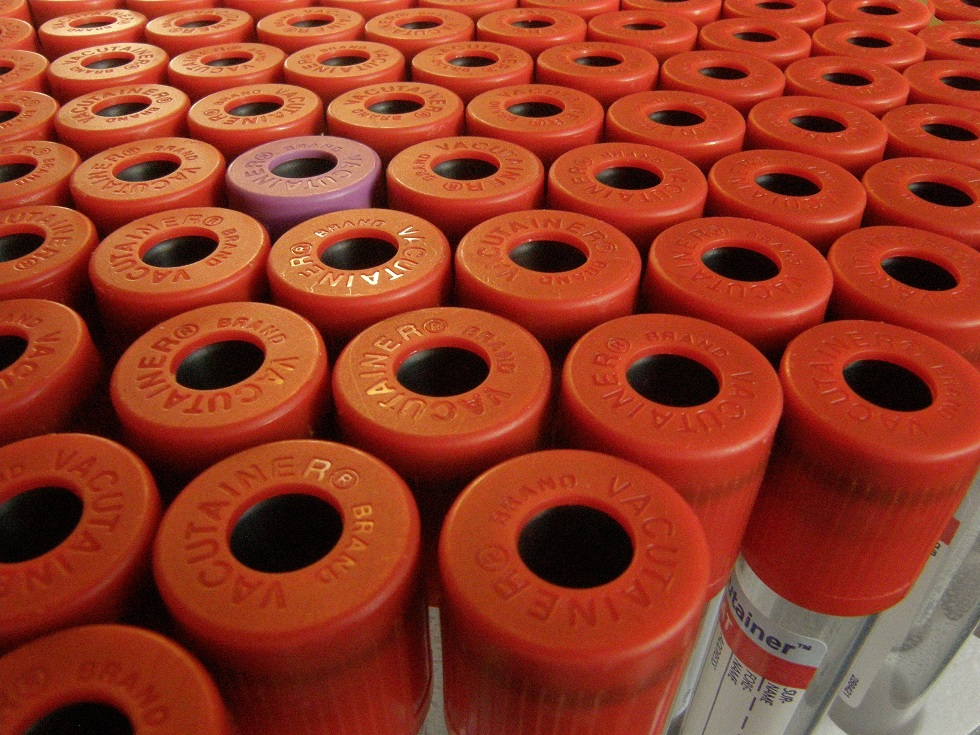Species: Dog, cat
Specimen: Serum
Container: Red top tube or gel tube
Collection protocol:
DOGS
1. Collect a resting serum sample (red top tube) at zero hours and label it “0 hr”.
2. Allow tube to clot. If possible separate the serum from the red cells by centrifugation. If a plain tube has been used for the assay, centrifuge and transfer the serum from the collection tube into a plain (red top tube). Store at 4°C.
3. Inject dexamethasone sodium phosphate intravenously at a dose rate of 0.01 mg/kg of body weight.
4. Collect a serum sample at 3-4 hours post injection, label as appropriate (“3 or 4 hr”) and follow separation instructions as above.
5. Collect a serum sample at 8 hours post injection, label as “8hr” and follow separation instructions as above.
CATS
1. Collect a resting serum sample (red top tube) at zero hours and label it “0 hour”.
2. Allow tube to clot. If possible separate the serum from the red cells by centrifugation. If a plain tube has been used for the assay, centrifuge and transfer the serum from the collection tube into a plain (red top tube). Do not syringe into tube. Store at 4°C.
3. Inject dexamethasone sodium phosphate intravenously at a dose rate of 0.1 mg/kg of body weight.
4. Collect a serum sample at 3-4 hours post injection, label as appropriate (“3 or 4hr”) and follow separation instructions as above.
5. Collect a serum sample at 8 hours post injection, label as “8hr” and follow separation instructions as above. Note the higher dose for cats compared with dogs. This is because the cat’s adrenals are normally more resistant to the effects of cortisol.
Special handling/shipping requirements: Send all samples to the laboratory within 12-24 hours of collection.
General information about when this test is indicated:
See “Diagnosis and monitoring of hyperadrenocorticism – general guidelines”
General information about when this test is indicated: Screening for hyperadrenocorticism.
Comparison with other related tests: See “Diagnosis and monitoring of hyperadrenocorticism – general guidelines”

